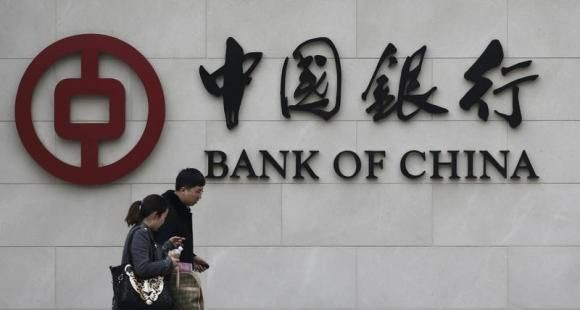China's Debt, At 250% Of GDP And Rising, Flashes Warning Signs

China’s debt has swelled to more than 2 1/2 times the size of its economy, a sign Beijing will face difficulties as it seeks to expand, triggering to a financial crisis.
The world’s second-largest economy in June reached a total debt-to-gross domestic product ratio of 251 percent, up from 147 percent at the end of 2008, Standard Chartered Bank estimates.
The United States had a total debt-to-GDP ratio of about 260 percent by the end of last year, and Britain’s ratio was about 277 percent. Japan has the highest debt-to-GDP ratio at 415 percent, Standard Chartered estimates.
Economists are primarily concerned not that China has a high debt-to-GDP ratio but that China’s debt is rising so rapidly since financial turmoil usually follows such increases.
“Our analysis suggests that countries that see increases in debt-to-GDP of more than 30 percent in a decade -- it’s often a warning sign,” said Mark Williams, Asia economist for Capital Economics. “China’s has grown 70 percent in five years.”
There's been a slowdown in credit growth in the past few quarters, but debt is still expanding faster than GDP. In other words, risk is still building.
“What we need is for credit to be allocated more efficiently, to get a bigger economic bang for your buck,” Williams said. “Achieving that is not so easy.”
Chinese credit is predominately channeled through state-owned banks, and the companies first in line to receive the credit tend to be most connected to the government, or state-owned firms. Some of those firms backed by the state don’t generate profits.
Despite Chinese companies’ worsening cash flow, China last month passed the United States to become the world’s largest issuer of corporate debt. In March, a small loss-making solar company in Shanghai became the country’s first bond defaulter when it failed to meet a deadline to pay investors an annual interest payment.
© Copyright IBTimes 2024. All rights reserved.




















